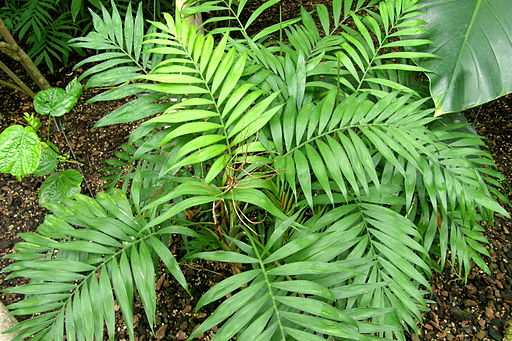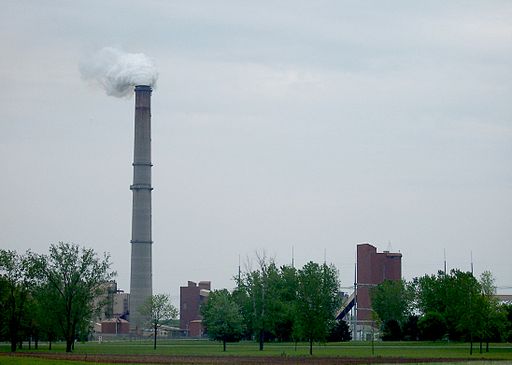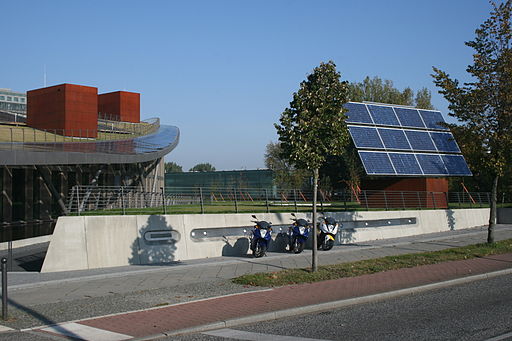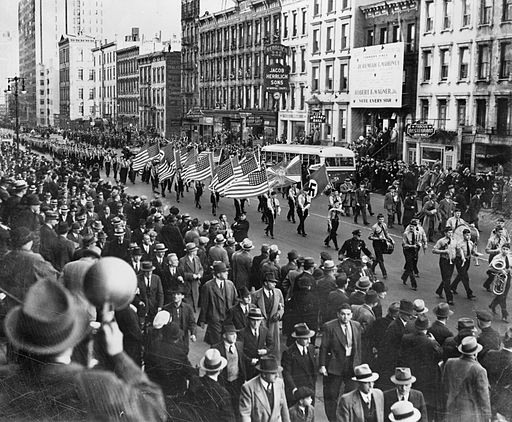Palms Here and There

A parlor palm at the Berlin-Dahlem Botanical Garden and Botanical Museum in Berlin, Germany. Photo by Bachelot Pierre J-P.
— Izzy



As anyone can tell, electric cars all but disappeared until recently, as infrastructure and cost improved for gasoline engines in the early twentieth century, overtaking the electric option by 1920. The price of oil went down, giving a boost to the market for gasoline engines, while the crude state of battery technology limited the appeal of electric cars. Environmental impacts were not even a factor in the equation for most consumers or manufacturers until late in the twentieth century. Even then, the initial assessments of the impact of vehicular pollution was limited to local problems such as smog. It wasn’t until the last decades of the twentieth century that at first scientists, and then the public, looked at the larger impact of tailpipe emissions on the global climate.

Organizations like NASCAR and Formula One racing could do their part in flipping the switch by turning all or part of their circuits over to electric cars. Besides being a spectator sport, car racing has always served as a proving ground for manufacturers. The big racing organizations are still clinging to the old technology, which may be popular with fans who enjoy the noise and familiar smells produced by internal combustion engines, characteristics evocative by long association with high horsepower. To continue glorifying this outmoded technology means that well-known racing organizations have abandoned any meaningful proving ground aspect of their sport for the sake of pleasing the crowd with loud noise, fumes, and ludicrously low miles per gallon of fuel efficiency. Never mind tomorrow, they’re living for today, come what may.



The white supremacists gathered in Charlottesville this past weekend had no business being there other than the convenient rallying point of the removal of symbols of the Confederacy from public spaces. They wanted to vent their own petty grievances and hatred against a culture that is leaving them behind. They pretend that America was and is theirs to do with as they please, and that everyone else who has other ideas is an interloper and an enemy to be intimidated, beaten, and ultimately disposed of. The Native American tribes would have something to say about who belongs here and who are the interlopers. Hitler, for whom the American theft of land and expulsion and genocide of native peoples served as a model for what he wanted to accomplish in the Ukraine and in eastern Europe, would no doubt support this past weekend’s white supremacist warriors.
Later in the film, Atticus Finch, portrayed by Gregory Peck, holds off a lynch mob intent on dragging out of jail his client, a black man named Tom Robinson accused of raping a white woman. Mr. Finch receives inadvertent but effective help from Scout, portrayed by Mary Badham, who singles out Mr. Cunningham from the crowd, talking to him about personal matters like his property entailment. Mr. Cunningham is embarrassed by Scout bringing up his financial embarrassment in public, the matter which Mr. Finch has been helping him resolve, and Mr. Cunningham can no longer remain a faceless part of the lynch mob. Unlike the white supremacist mob gathered in Charlottesville, chanting “Blood and Soil”, Mr. Cunningham was a true man of the soil, and he was tied by family blood to his entailed property in rural Alabama during the hard scrabble times of the Great Depression. He was also capable of feeling shame, and therefore capable of redemption.
Robert E. Lee, the forgotten man supposedly at the center of all this, would have been befuddled by the slogans expressed at the torchlight rally. Thomas Jefferson, whose statue in front of the Rotunda at UVA was the focal point for the end of the evening’s march, would have been disgusted by the slogans and the people expressing them. Yes, both men owned slaves and were in that sense white supremacists themselves, but they had a grander idea of the world than to shrink it down to hating others as they might have hated themselves. It would have been beyond their dignity to portray themselves as victims and whine about the erosion of their privileged position, as those people supposedly gathered in Charlottesville to worship their graven images have done. Those people have a more fitting recipient for their craven idolatry, a man who died amid the ruins of his bigotry in Berlin on 30 April 1945.
― Izzy 